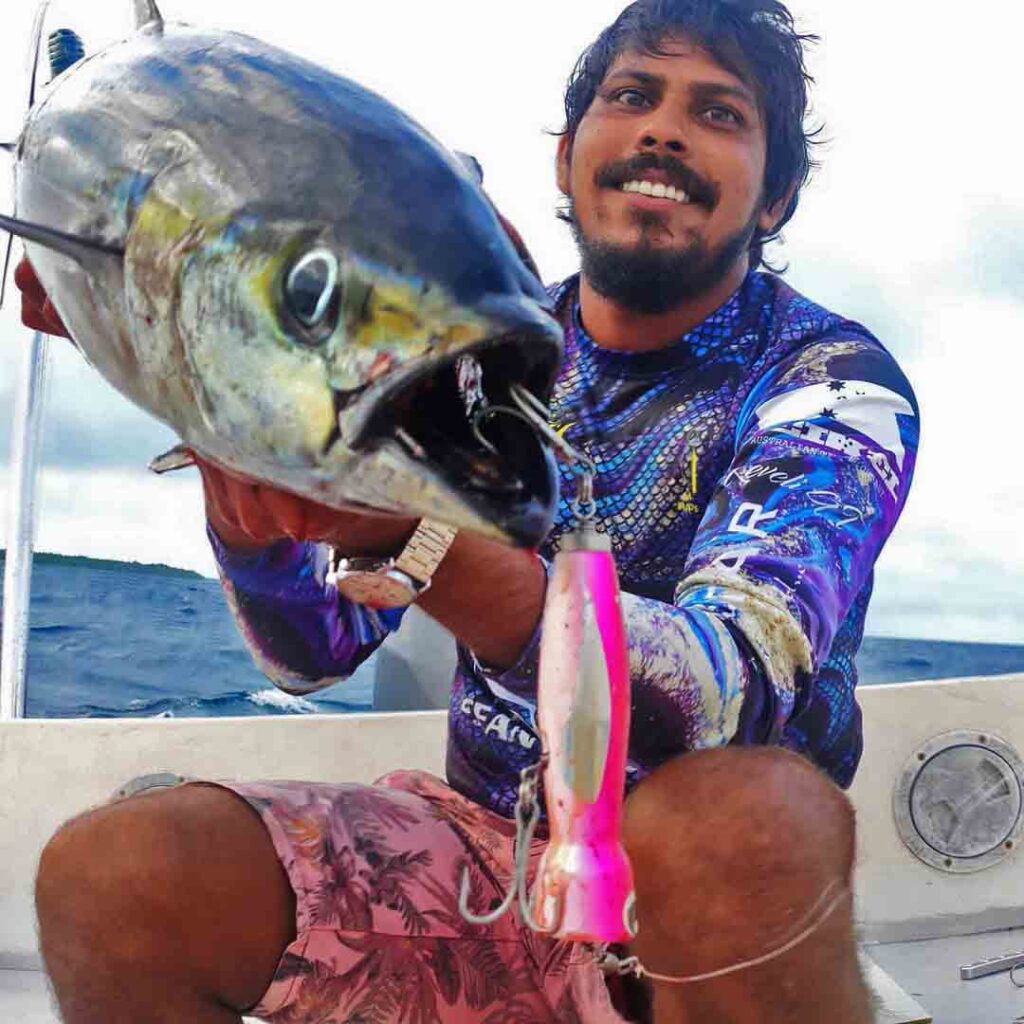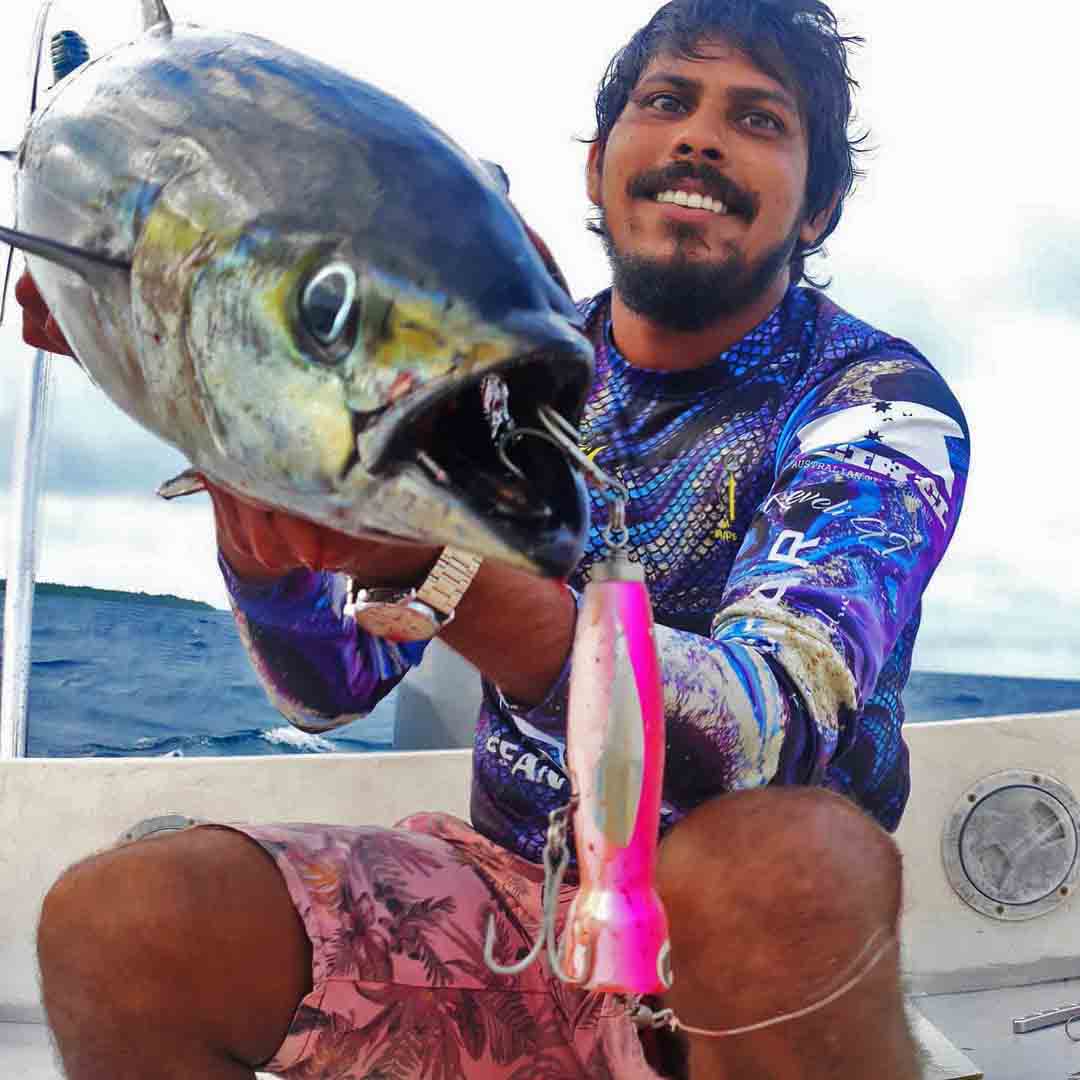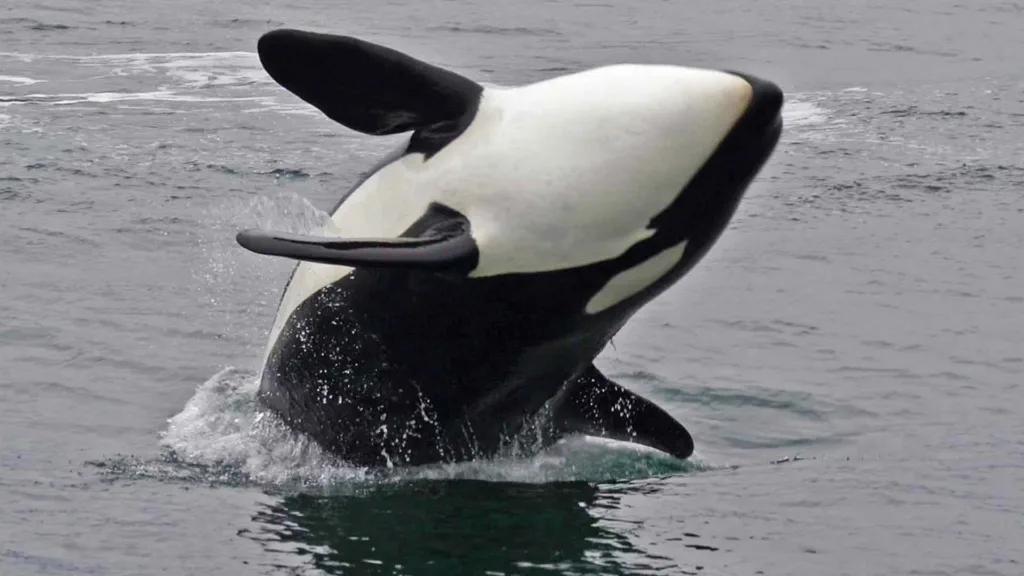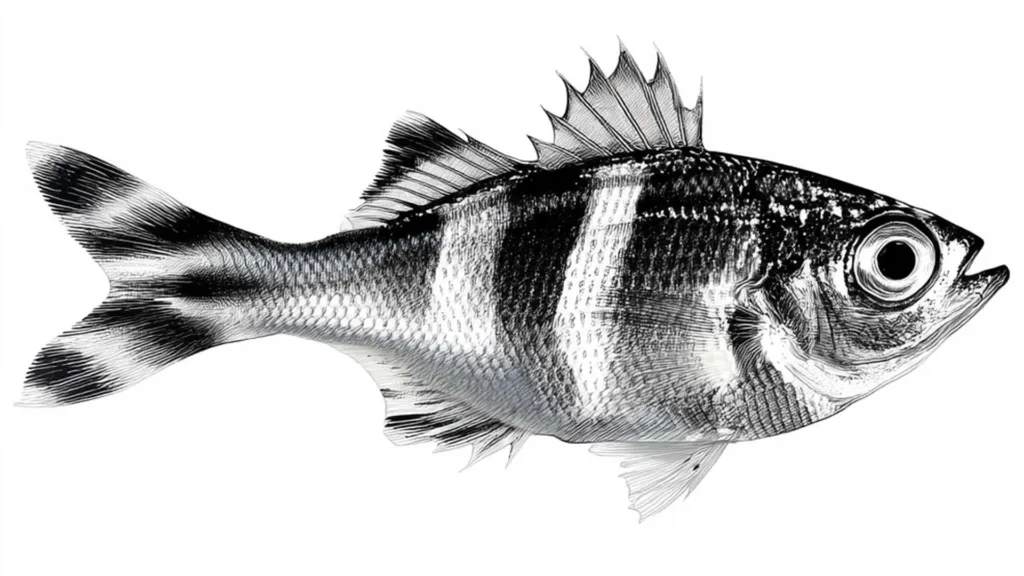
Popping is my uncle Badhurube’s preferred fishing tactic. As a skilled lure designer and specialist in giant trevally (GT) and yellowfin tuna, he believes that patience and proper technique are essential when popping. He prefers a slow-paced retrieval.
“After casting, I prefer to pop it and then gently retrieve it, pausing for 2 to 3 seconds. “The fish will attack normally during the pause,” he said to me.
First and foremost, there is the cast. Try to cast as far as possible. Give a short jab downward. Do not rip it up, it will emerge from the surface. Pull and pop. When there are no fish in the area, simply pop it and wait two to three counts, or two to three seconds. Fish will look for baits and may notice the popper. Work it fast if fish are around.
Pop and pause for GT.
The pop and pause techniques are particularly efficient for catching giant trevally. ‘Pop’ refers to pulling the rod, whereas ‘pause’ refers to stopping or pausing when you wind up a slack. You can vary the actions. You can change up the moves by doing many POPs and then halting.
Techniques for Yellowfin Tuna
For yellowfin, it is a long sweep that will make a long pop and attracts them. Then take a little pause (two, three, or four seconds). The popper may be visible to the yellowfin tuna due of the bubble trail and overall motion. If the sea is rough, retrieve it with less force to exhibit it in a natural manner. You must make sure they observe the lures and their natural behaviors to the fullest extent.
If you wish to perfect the techniques, you can change your activities. Switch between strong pops and straight retrieves with a chugging movement. The popper’s chugging action sounds like a fish devouring bait.
My uncle stated that the splashes and noise made when the popper is retrieved are the most important things that draw fish in. To create splashes and disturbance, jab the rod tip. Additionally, you can reel quickly for a number of strokes while stopping. If you see a fish, you may take a more aggressive approach.
My uncle favors full-black poppers and has stated that they are his favorite weapon. His favorite colors are also pink and purple. The rod he uses is 8’4″ long. He prefers a braid weighing between 60 and 80 pounds with an 80 to 90-pound leader.
The first and most important step in casting a popper is to choose the appropriate conditions. A calm water with minimal surface activity is unlikely to produce many bites. But if you see surface explosions, bait on the surface, or tuna breaking, you should use a popper for the best presentation.
Directing the boat directly at the fish that are breaking the surface may startle them. As a result, making a suitably long cast increases your odds of landing a blow. To make a powerful cast, position yourself on the bow or a casting platform. When the popper is far away from the boat, there are usually more bites.
Not only are fish less cautious at longer distances, but the recovery and motion of the lure are significantly more effective due to line angle. Most of the time, the best time to pop would be around noon, when the fish would sometimes come to the surface.




